Introduction
Namco is one of the most legendary names in arcade gaming, responsible for creating some of the most beloved and influential arcade titles of all time. With a legacy spanning decades, Namco helped define arcade gaming through its innovative mechanics, memorable characters, and groundbreaking technology. From Pac-Man to Tekken, Namco has consistently pushed the industry forward, leaving an indelible mark on gaming history.
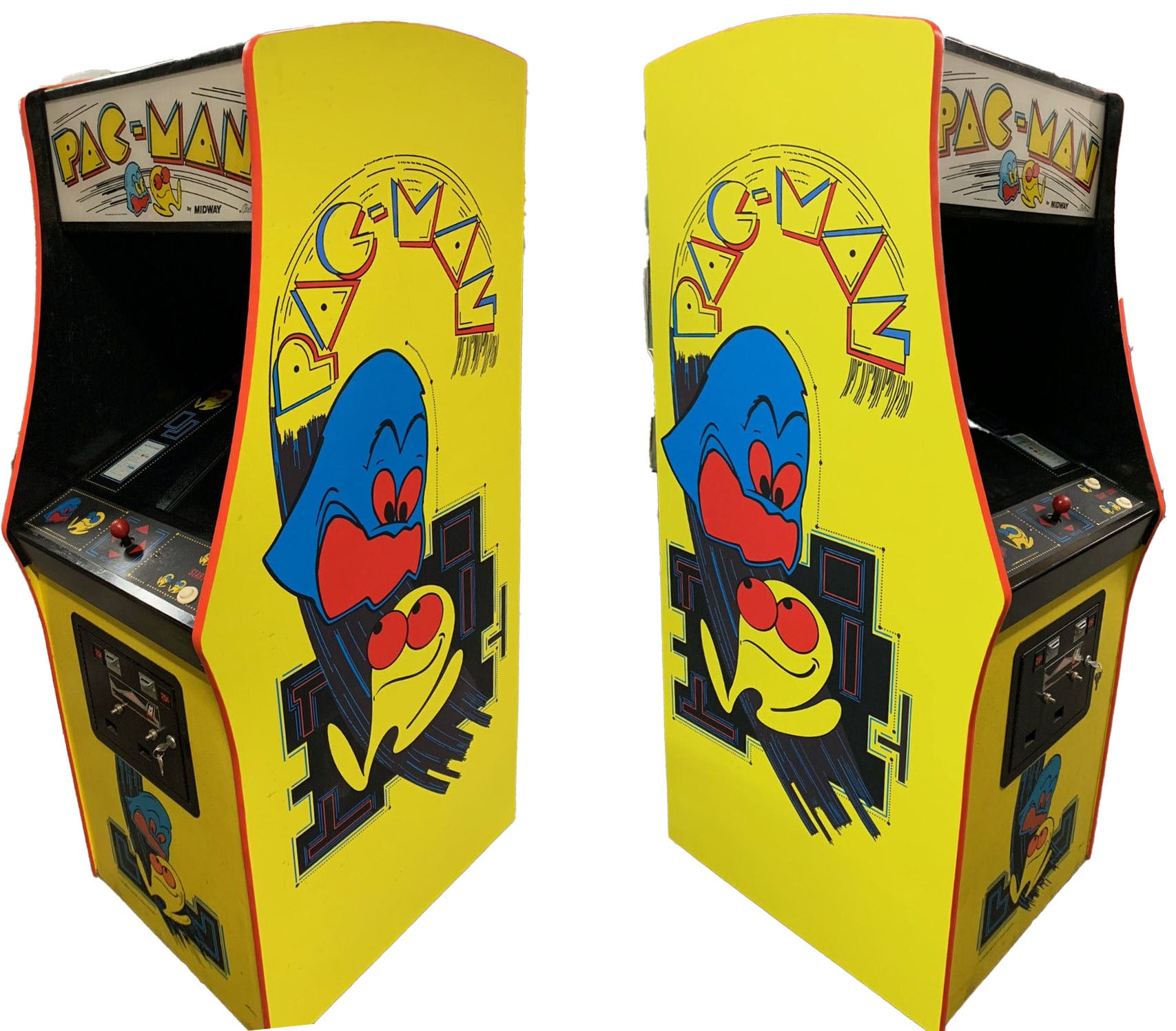
The Rise of Namco in Arcades
Founded in 1955 in Japan, Namco initially operated as an amusement ride manufacturer before shifting its focus to video games in the 1970s. The company quickly established itself as a dominant force in the arcade industry, developing some of the most iconic and best-selling games of all time.
Namco became renowned for its innovative gameplay mechanics, vibrant visual design, and addictive arcade experiences. Their contributions helped define the golden era of arcade gaming and continue to influence modern game design.
Key Arcade Titles and Their Impact
Pac-Man (1980)
One of the most recognizable and beloved video games in history, Pac-Man introduced players to maze-chase gameplay, AI-driven enemy behavior, and the iconic power pellet system. It became a cultural phenomenon, spawning sequels, merchandise, and even a cartoon series.
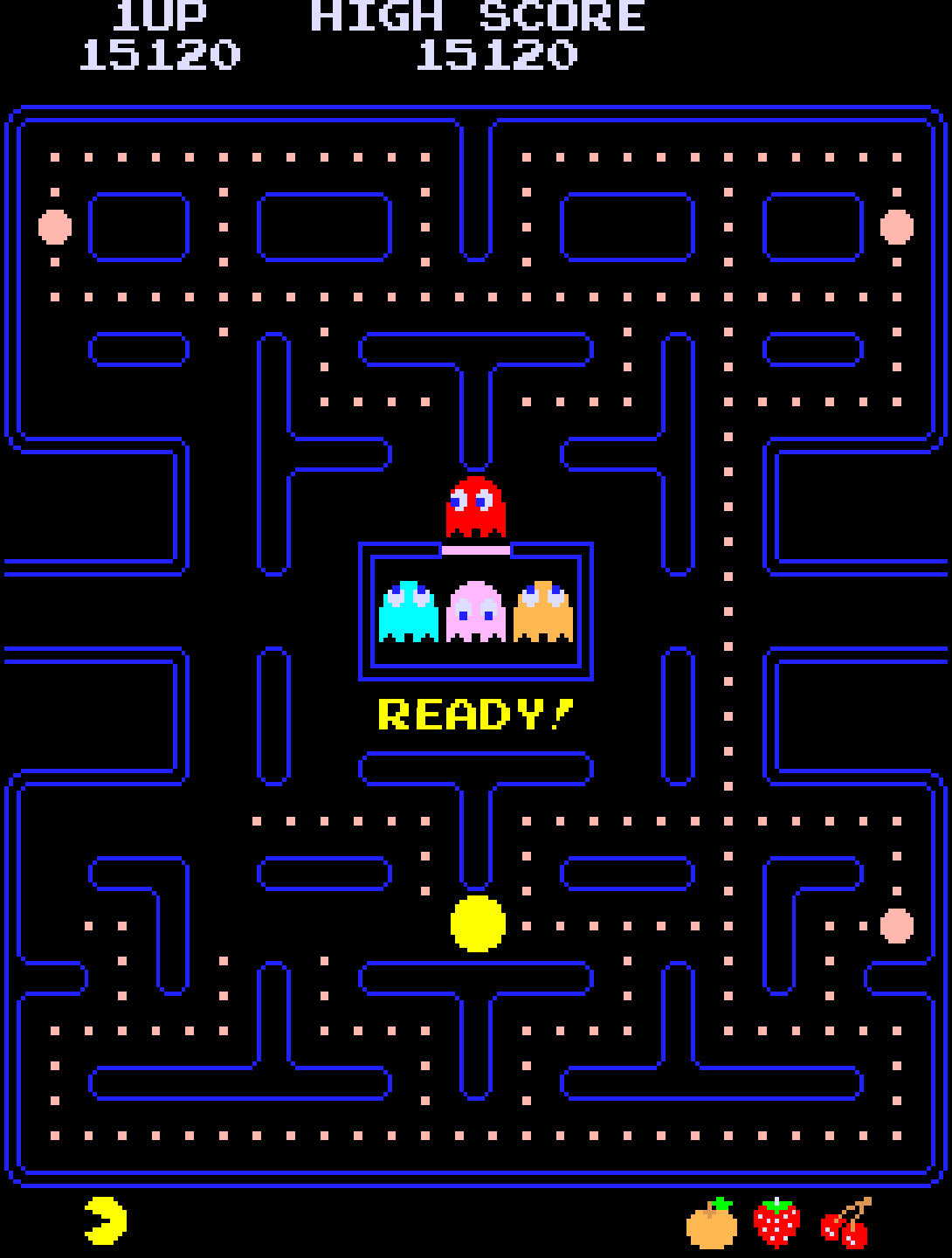
Galaga (1981)
A sequel to Galaxian, Galaga refined the space shooter genre with challenging enemy formations, a dual-ship mechanic, and fluid action gameplay. It remains one of the most enduring arcade shooters ever created.
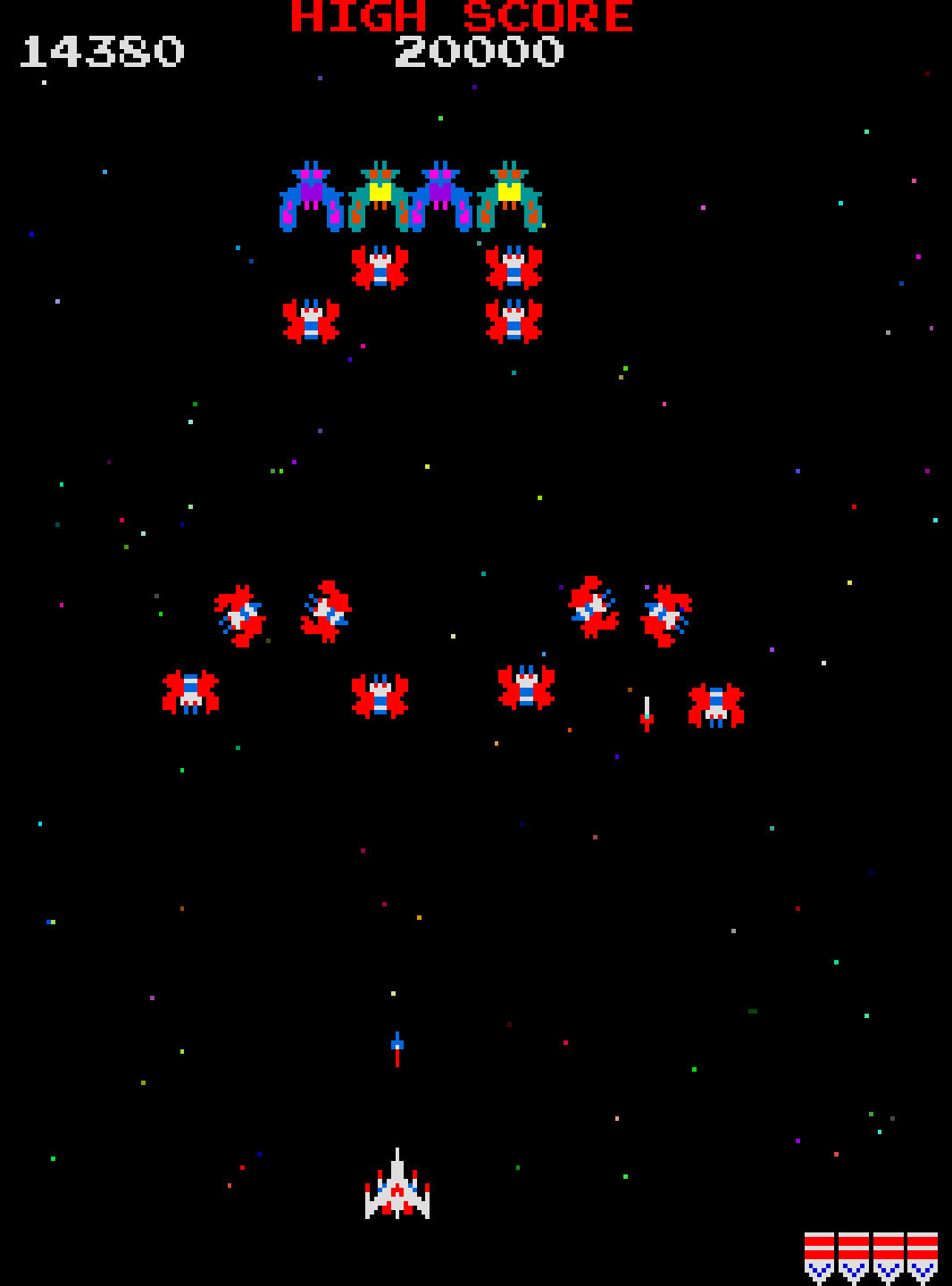
Dig Dug (1982)
A unique action-puzzle hybrid, Dig Dug introduced an innovative digging mechanic where players strategically eliminated enemies by inflating or crushing them. Its combination of strategy and arcade action made it a fan favorite.
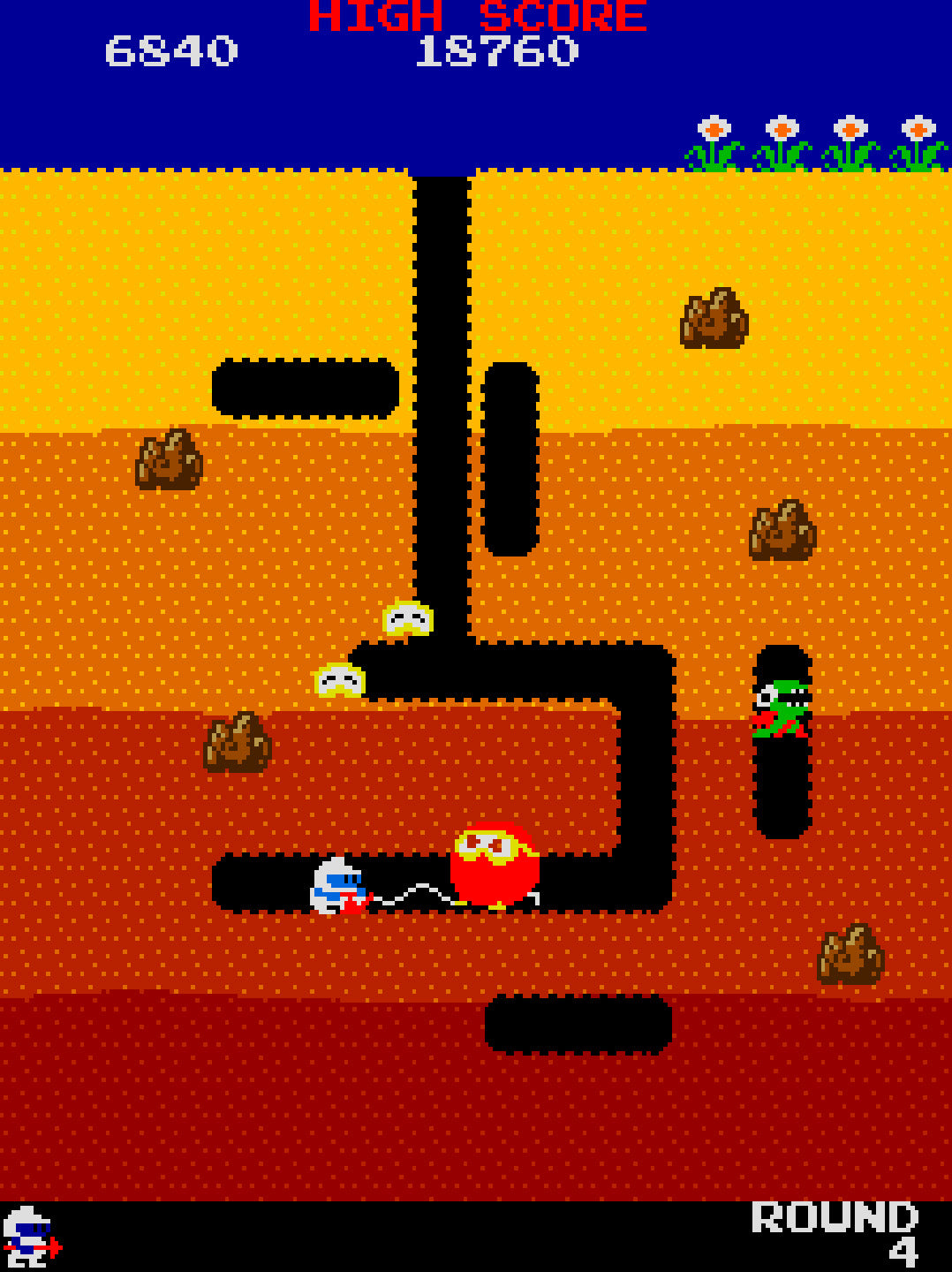
Pole Position (1982)
A groundbreaking racing simulator, Pole Position introduced realistic track-based racing, time trials, and immersive controls, setting a new standard for arcade driving games and influencing the racing genre for decades.
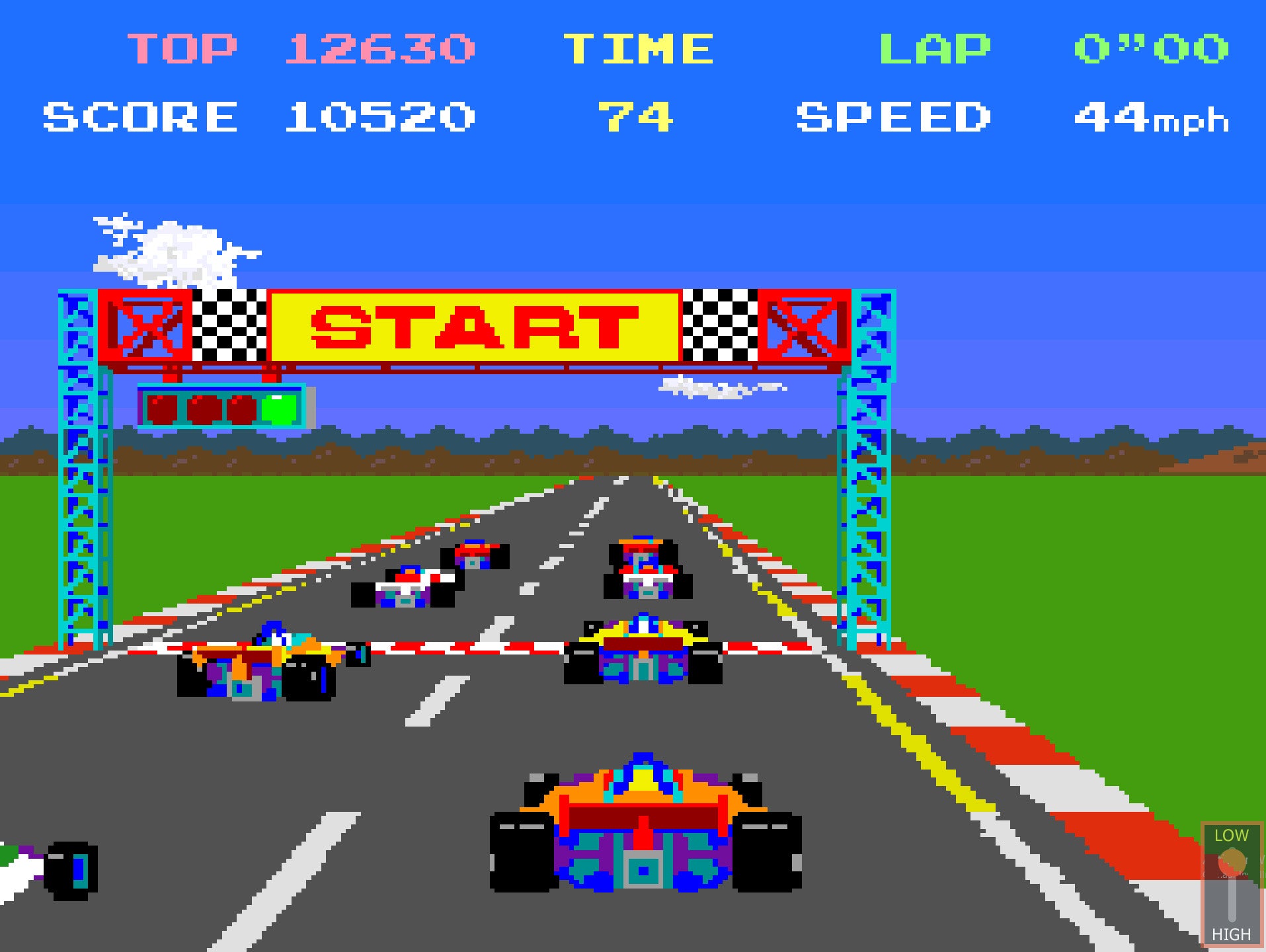
Tekken (1994)
Namco revolutionized fighting games with Tekken, one of the first fully 3D fighting games. With fluid character animations, deep combat mechanics, and a diverse roster of fighters, Tekken became a staple of both arcades and home consoles.
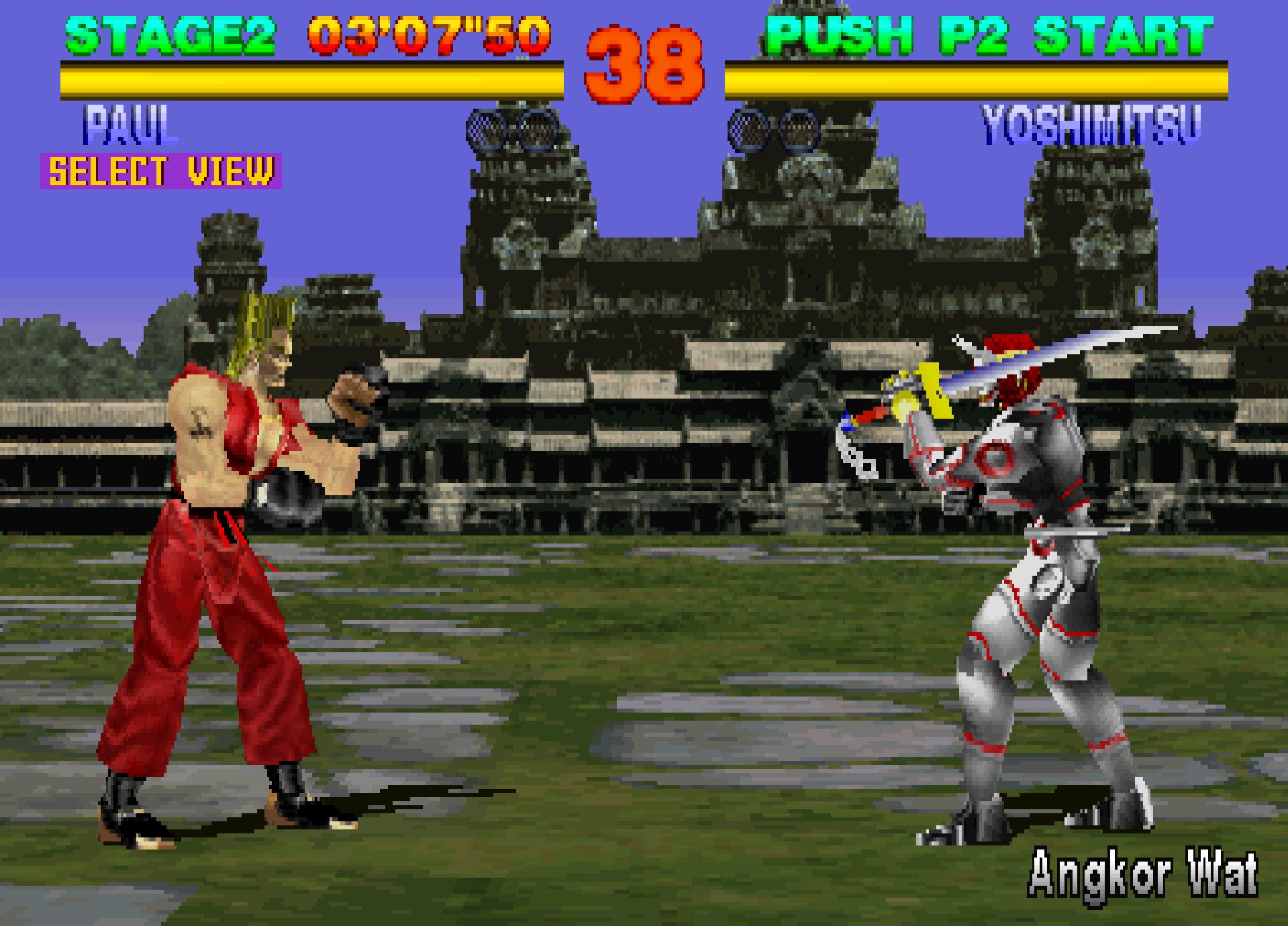
Technological Innovations
Namco was at the forefront of arcade hardware advancements, pioneering 3D graphics technology and realistic physics engines. The company’s arcade cabinets, particularly those used for Pole Position and Tekken, pushed the limits of what was possible in arcade gaming.
Namco also played a significant role in developing early AI behavior and enemy programming, particularly seen in Pac-Man and Galaga, which featured distinct enemy movement patterns and evolving difficulty.
Cultural Impact and Legacy
Namco’s influence on gaming extends far beyond arcades. Titles like Pac-Man and Tekken became global phenomena, inspiring movies, merchandise, competitive gaming, and console adaptations. Pac-Man, in particular, is considered one of the most recognizable video game characters of all time.
Many of Namco’s games have been re-released in modern collections, proving their timeless appeal and lasting impact on the industry. The company’s emphasis on engaging gameplay, memorable characters, and technological advancements continues to inspire modern game developers.
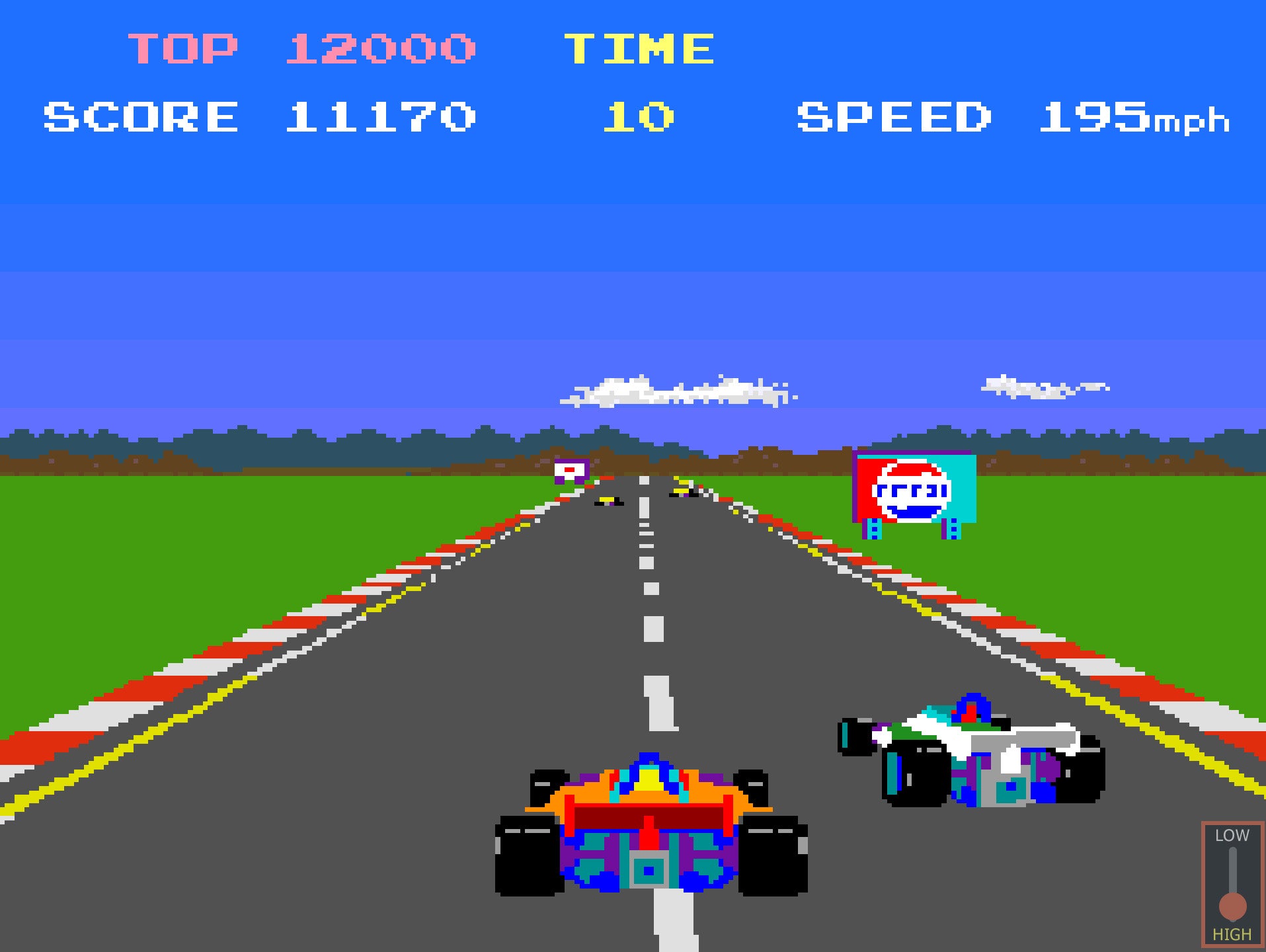
Conclusion
Namco remains a pillar of arcade gaming history, having created some of the most iconic and influential titles ever made. From the legendary maze-chasing action of Pac-Man to the intense 3D combat of Tekken, Namco’s contributions to the gaming world have stood the test of time. Their ability to innovate and captivate players solidifies Namco’s legacy as one of the greatest arcade developers in history.
Related Pages
- Sega: The Masters of Arcade Innovation
- Overview of all Arcade Brands & Manufacturers
- Bandai Namco's official website history page.

